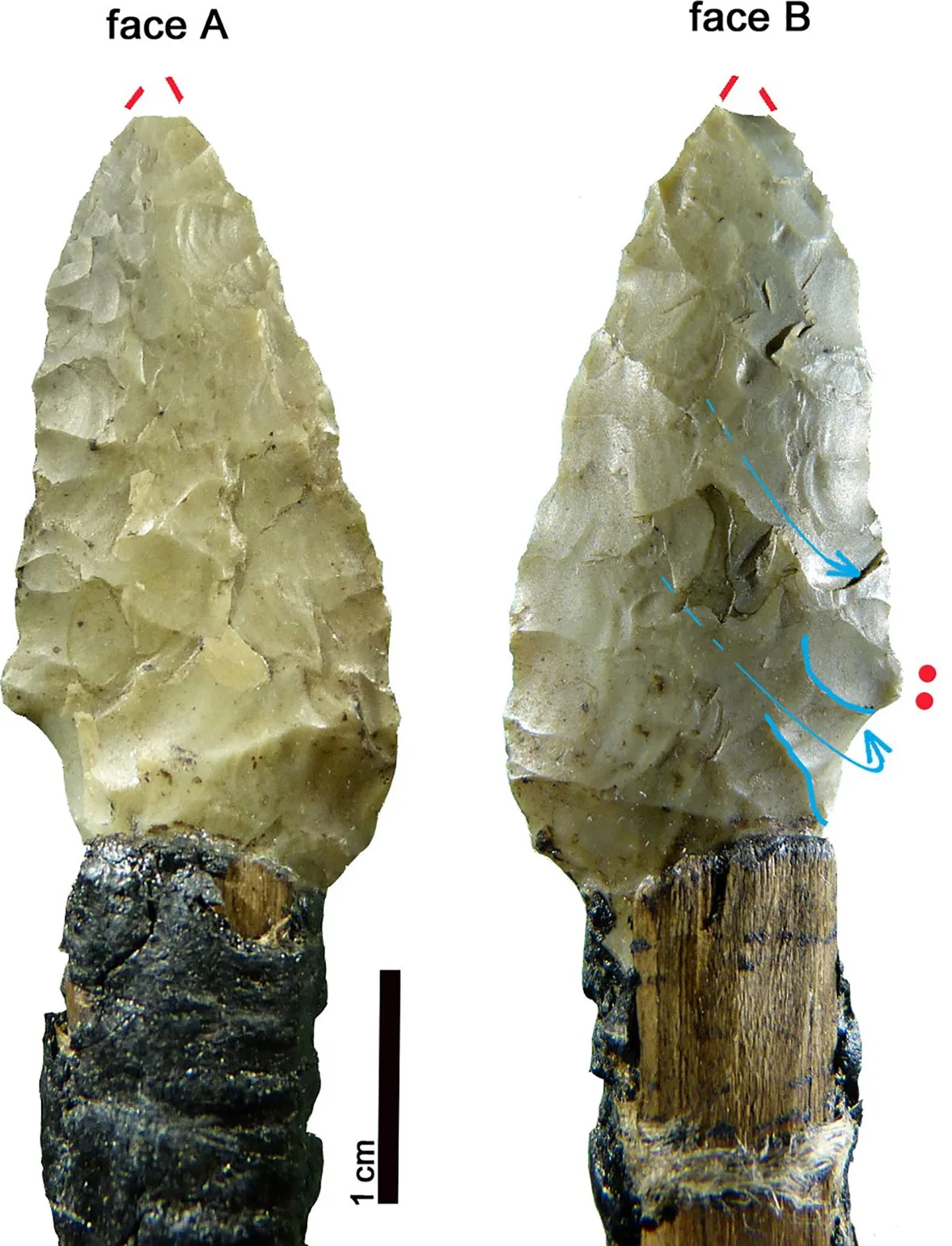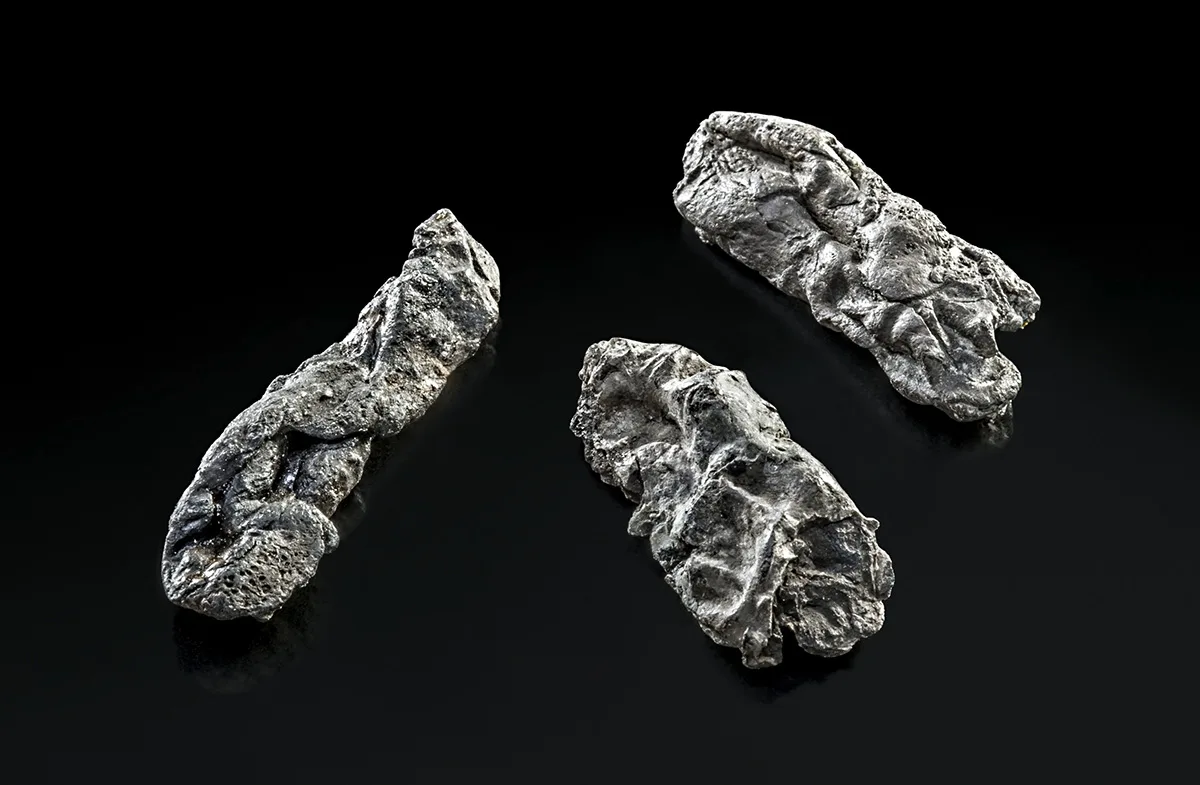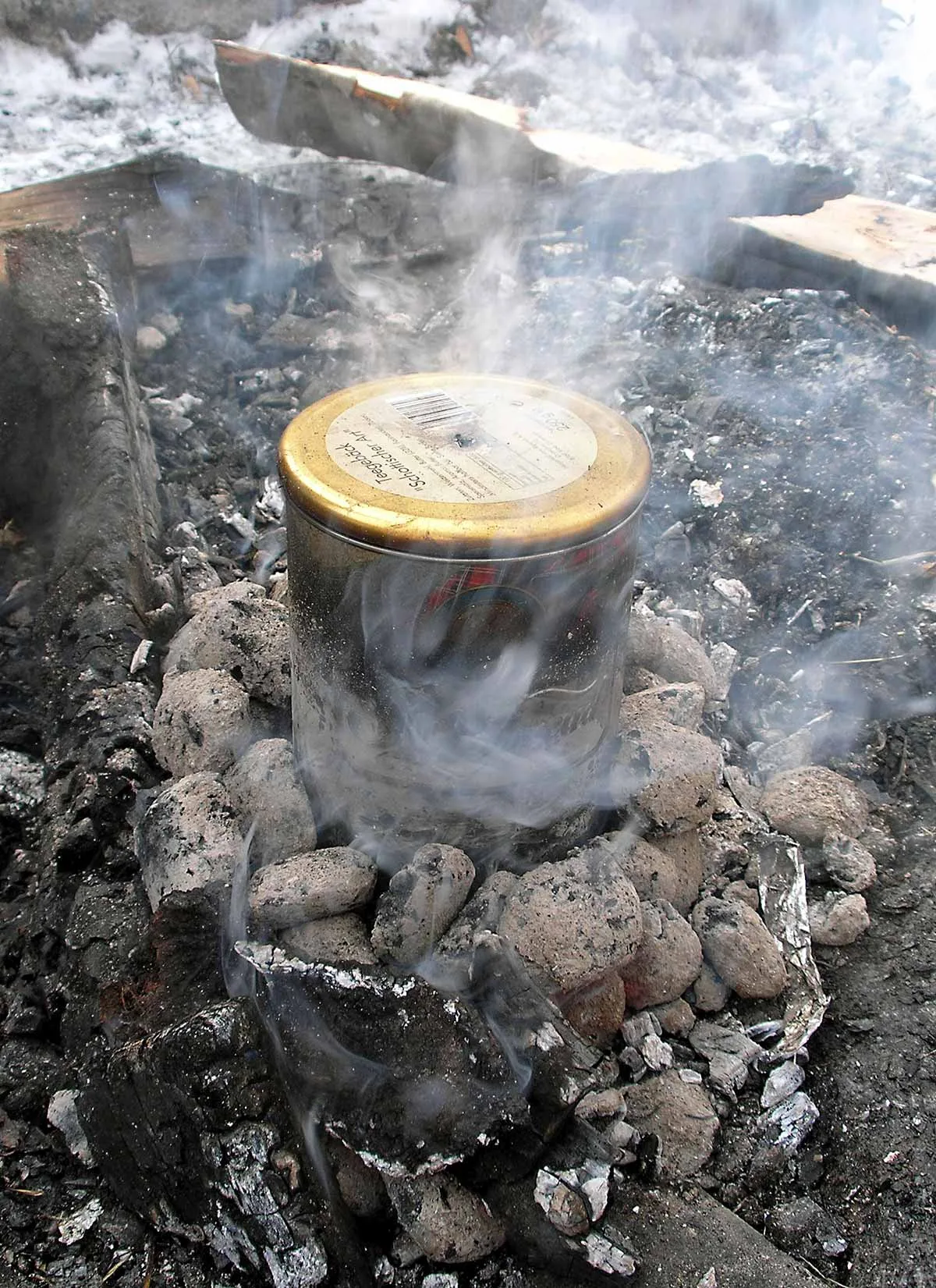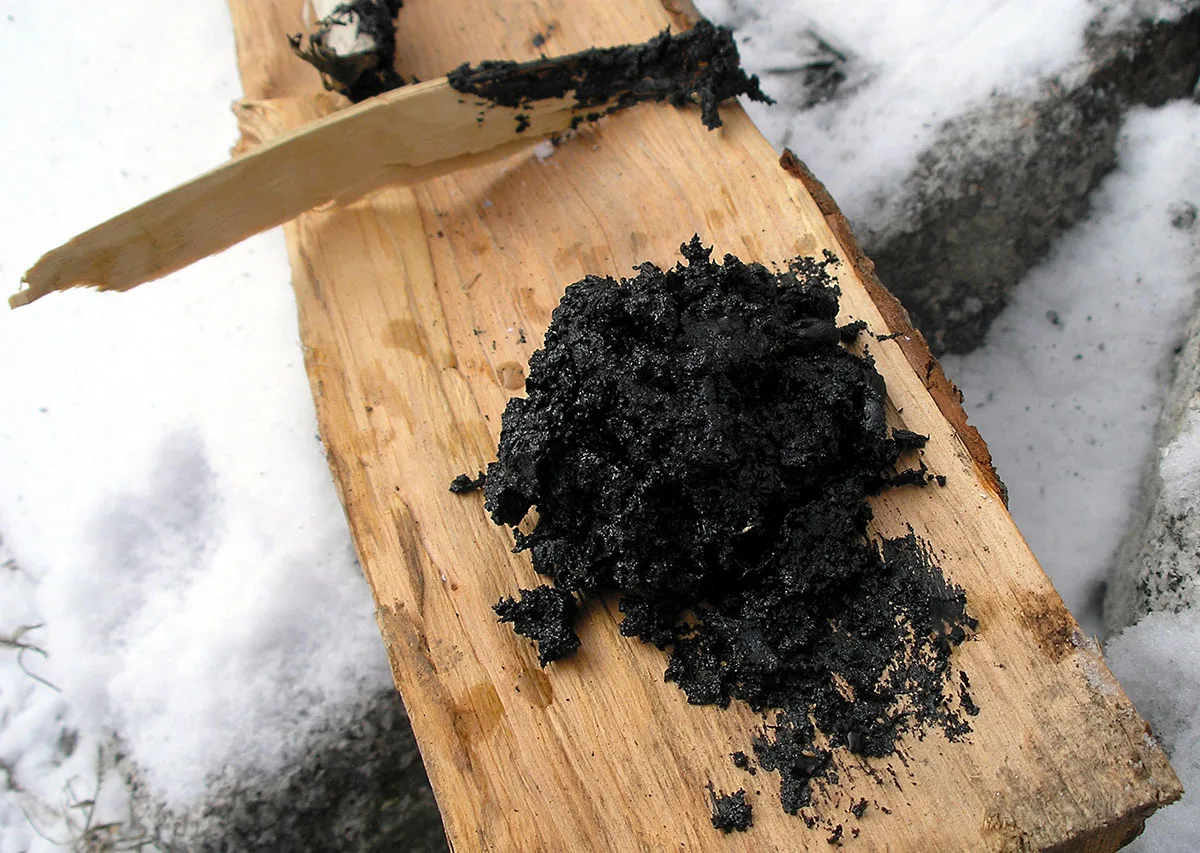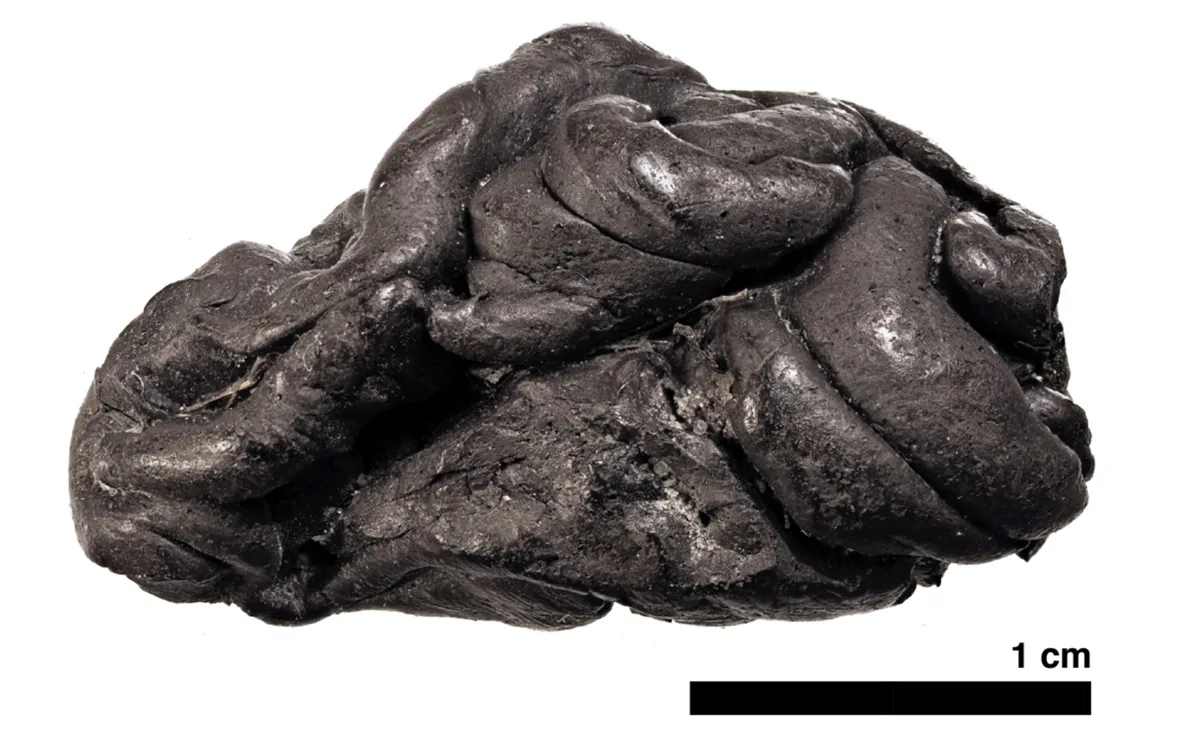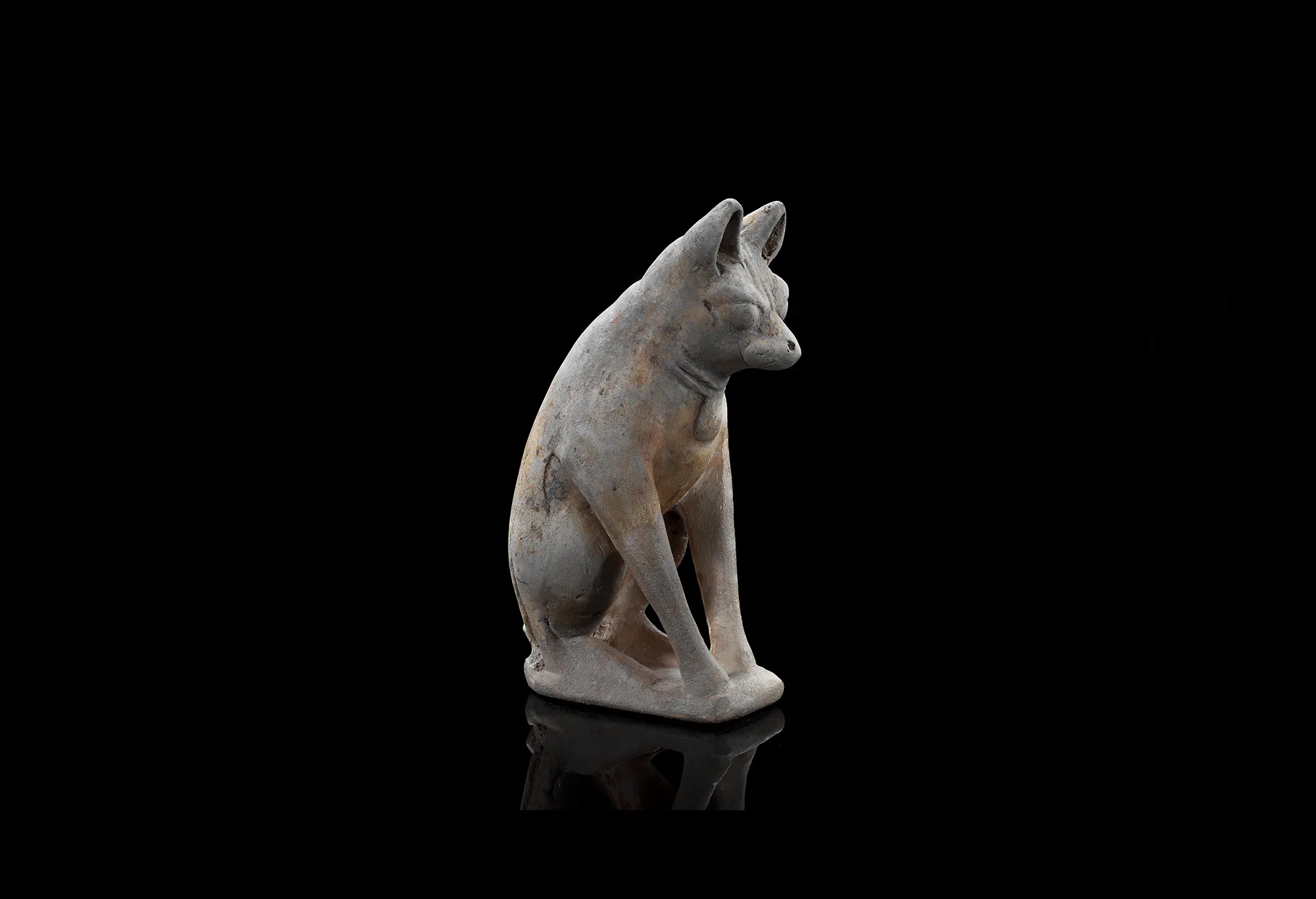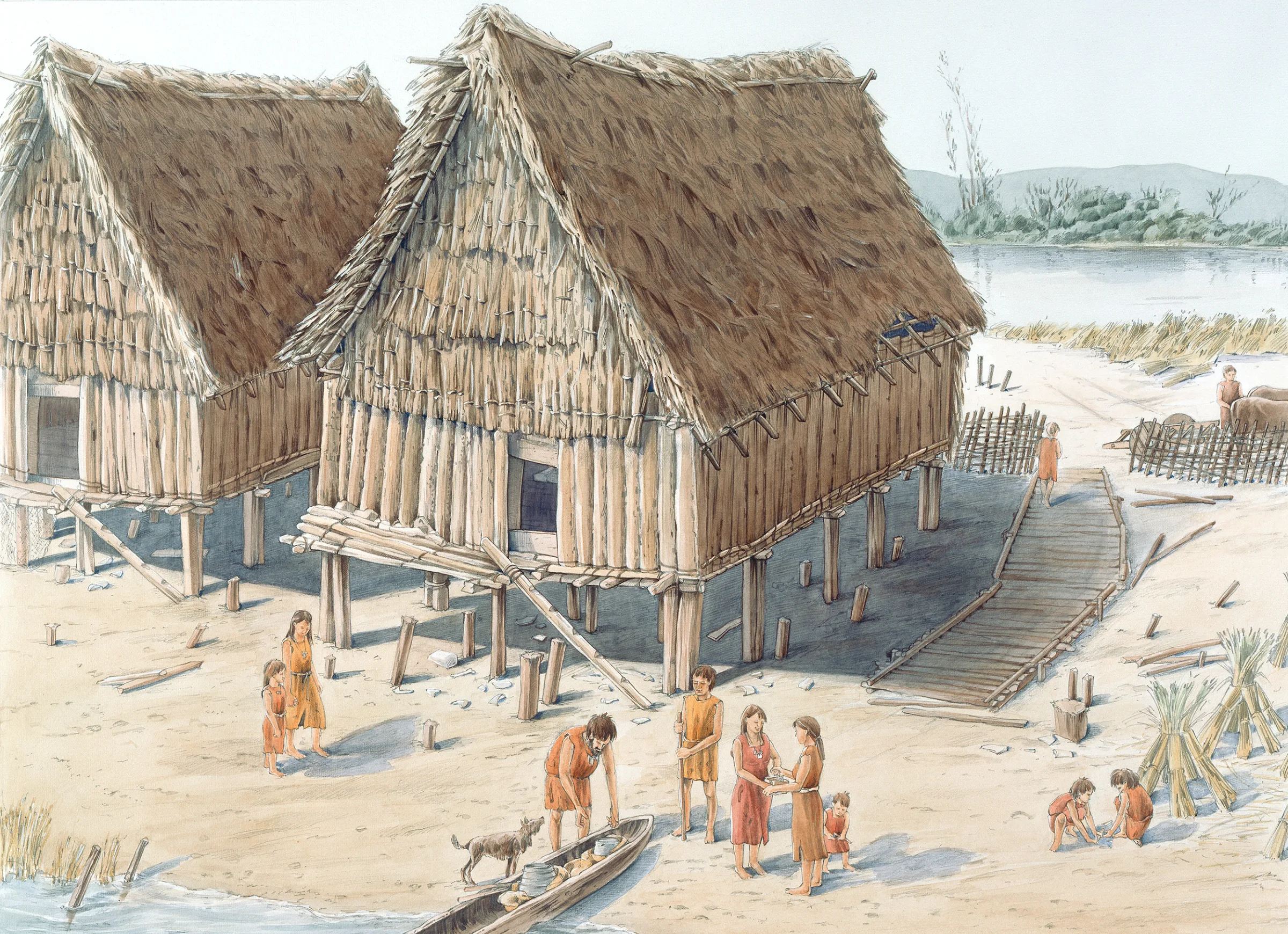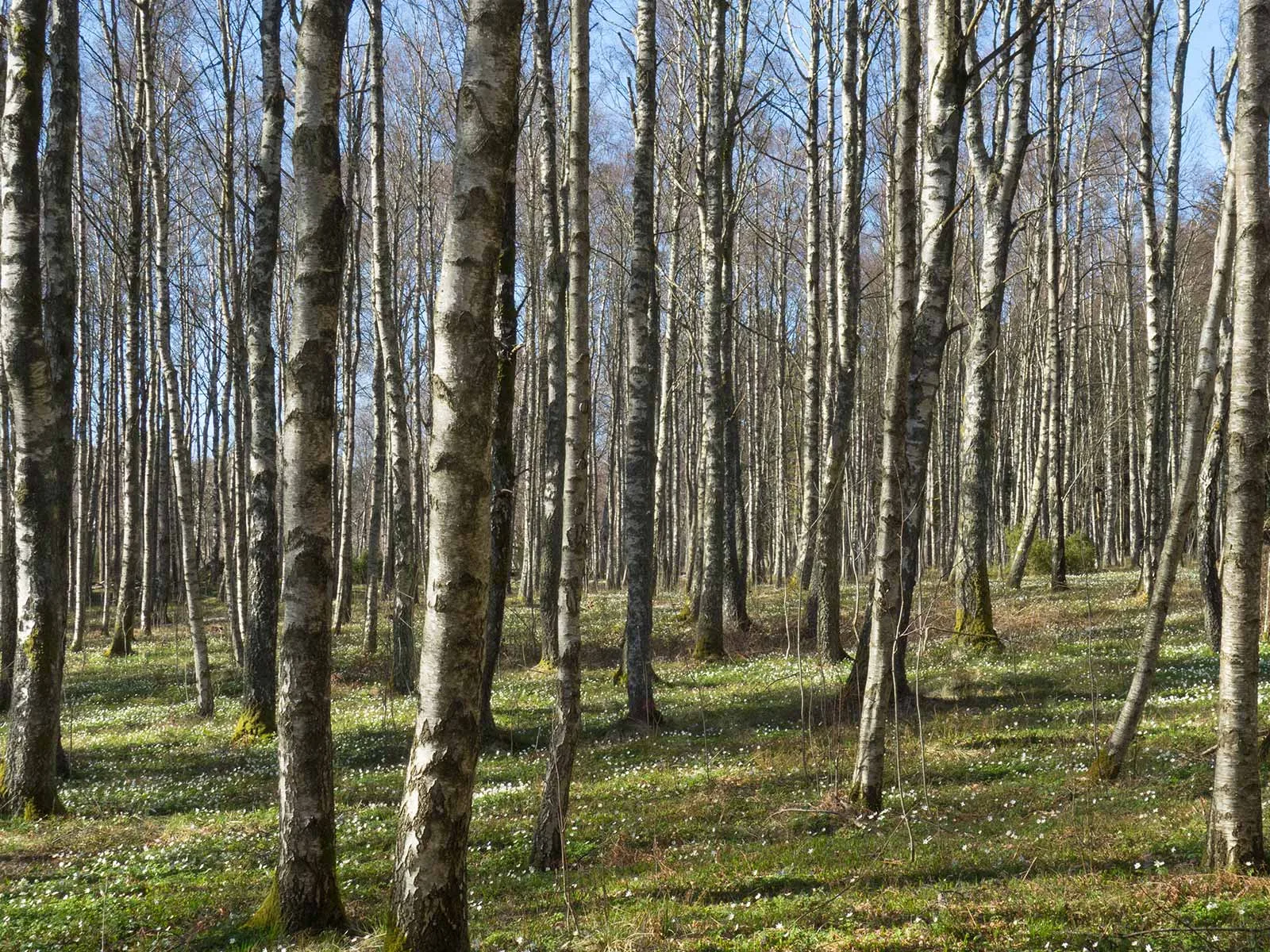
Stone Age superglue
Birch bark pitch is the oldest all-purpose adhesive in history. Ötzi used birch pitch to affix his arrowheads to the shafts of the arrows; other prehistoric peoples glued broken pottery with birch pitch, or sealed canoes with it. Recently, science has also solved the mystery of how it was produced.
TV documentary about Ötzi. YouTube
